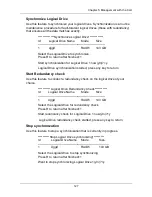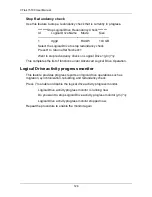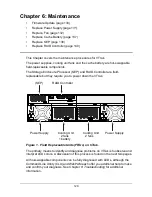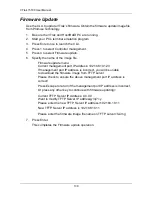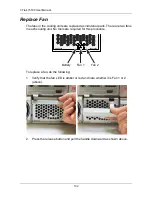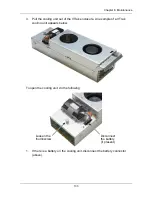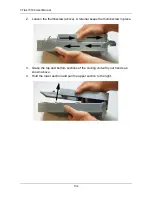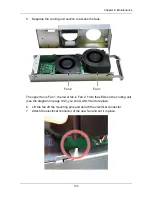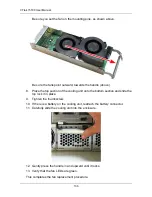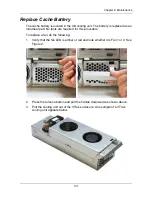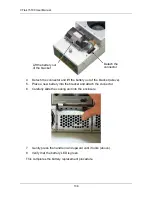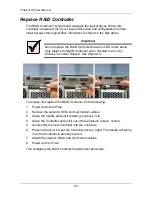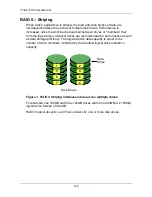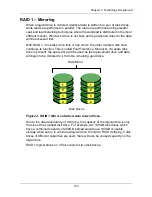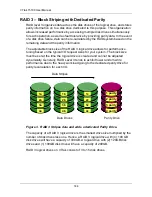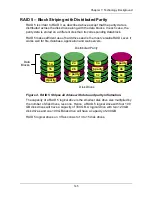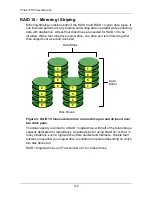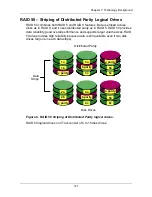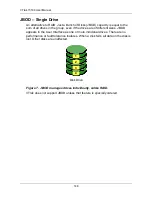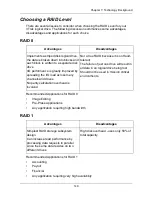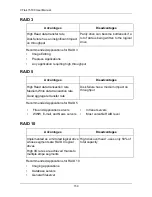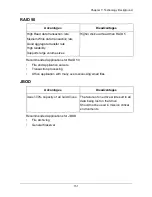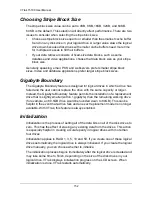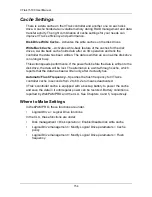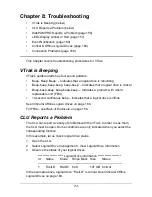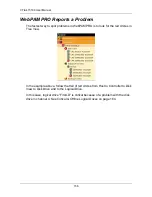
141
Chapter 7: Technology Background
•
Introduction to RAID (below)
•
Choosing a RAID Level (page 149)
•
Choosing Stripe Block Size (page 152)
•
Gigabyte Boundary (page 152)
•
Initialization (page 152)
•
Hot Spare Drive (page 153)
•
Partition and Format Logical Drive (page 153)
•
Cache Settings (page 154)
Introduction to RAID
RAID (Redundant Array of Independent Disks) allows multiple hard drives to be
combined together to form one large logical drive. The operating system sees the
logical drive as a single storage device, and treats it as such. The RAID software
and/or controller handle all of the individual drives on its own. The benefits of a
RAID can include:
•
Higher data transfer rates for increased server performance
•
Increased overall storage capacity for a single drive designation (such as, C,
D, E, etc.)
•
Data redundancy/fault tolerance for ensuring continuous system operation in
the event of a hard drive failure
Different types of logical drives use different organizational models and have
varying benefits. Also see Choosing RAID Level on page 149. The following
outline breaks down the properties for each type of RAID logical drive:
Summary of Contents for VTRAK 15100
Page 1: ...VTRAK 15100 USER MANUAL Version 1 4 PROMISE VTrak 15100 ...
Page 42: ...VTrak 15100 User Manual 34 ...
Page 60: ...VTrak 15100 User Manual 52 ...
Page 176: ...VTrak 15100 User Manual 168 ...
Page 186: ...VTrak 15100 User Manual 178 ...

